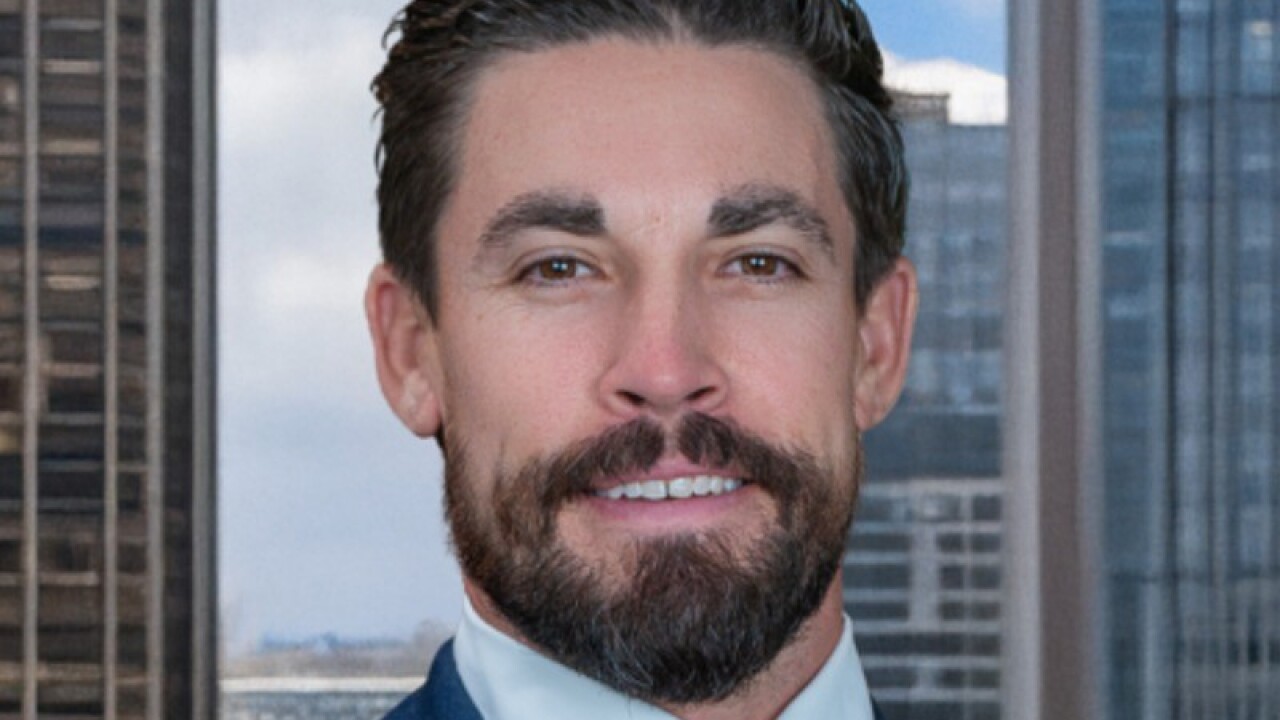Just a few years ago, the idea that someone could convincingly imitate a client's voice over the phone sounded absurd.

Not today. Fraudsters need only a browser plug-in and 30 to 60 seconds of audio from a podcast interview,
Wealth management has long relied on familiarity as a form of authentication. Advisors know their clients' voices, their cadence, their phrasing. A statement like, "I recognize Mrs. Dawson the moment she says hello" has been part of the culture for decades.
But artificial intelligence has quietly dismantled that assumption. Today's voice-cloning tools can reproduce tone, inflection and pacing with startling realism. When the sound of a familiar voice can no longer be trusted, every process that depends on "verbal confirmation" becomes a vulnerability.
When a client calls an advisor to request a wire transfer or a change in account settings, most firms still treat that call as sufficient instruction. The advisor recognizes the voice, notes the request, confirms a few details and executes. Firms with strong processes will call the client back to confirm the instruction.
READ MORE:
But with criminals' growing capacity for algorithmic mimicry, that system collapses. The uncomfortable truth is that legacy call-based workflows were designed for a different era, one in which hearing a voice felt like seeing a signature. Today, every unverified call is now an
Process over instinct
The good news is that firms can defend themselves without
Every client instruction that comes in verbally should trigger a verification sequence. The advisor or service associate must end the call, locate the client's verified number in the CRM and call back. On that callback, the client should restate the entire instruction in their own words. Any hesitation, change in phrasing or discrepancy is a red flag.
READ MORE:
Once verified, both calls should be logged and time-stamped inside the CRM, creating a clear audit trail that compliance can review. In many cases, recording the calls (with appropriate consent) adds another layer of defense. The process may take five extra minutes, but it can prevent five-figure losses and it signals to clients that the firm takes their protection seriously.
Compliance leaders should back up this new protocol with clearly defined escalation rules, including which transactions demand dual verification, when to involve supervisors and how to document exceptions. Operations must ensure the CRM system is configured to enforce those steps.
Most importantly, leaders must train teams to trust process over instinct. Even seasoned advisors will be tempted to rely on recognition and familiarity: "I know this client; I've spoken with them for years."
That confidence is precisely what attackers exploit. A well-crafted voice clone is designed to feel authentic. Embedding procedural humility — the concept that anyone can be fooled — is the ultimate foil for cyber scammers.
READ MORE:
Educating clients about these risks transforms security from a nuisance into a partnership. Protecting clients sometimes means pausing to question what sounds familiar. When clients understand why a callback or confirmation is required, they see diligence, not delay.
Verification: The next frontier
For wealth management CEOs and chief compliance officers, the takeaway is clear: Update your playbook now. Conduct a tabletop exercise that simulates a deepfake call. Measure how quickly your teams detect the anomaly, where the process breaks and what the escalation path looks like.
Then turn that test into policy.
This isn't just operational hygiene, it's reputational insurance. In an increasingly AI-driven wealth management world, procedural rigor is the new empathy.
The firms that tell clients, "We don't just know your voice, we verify it" will stand out. The firms that do it early will not only reduce risk, they'll earn something even rarer in today's digital market: the client's confidence that their advisor is one step ahead of the threat.





